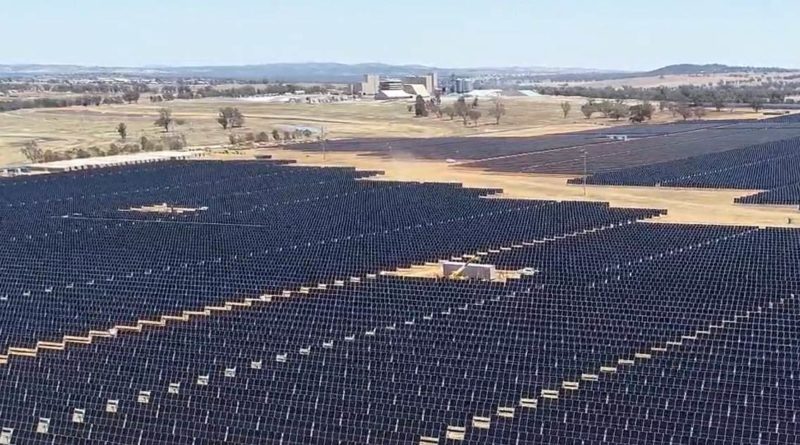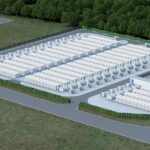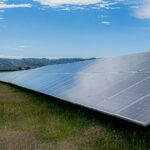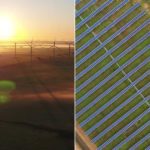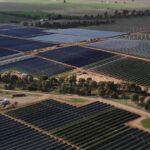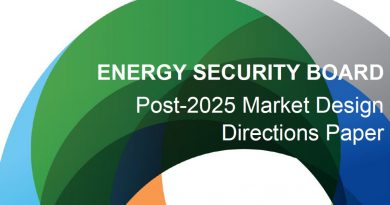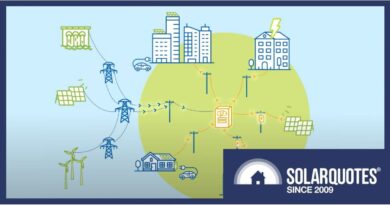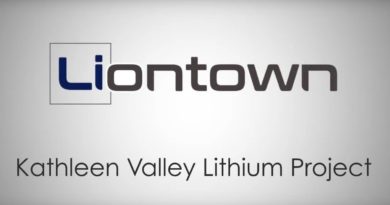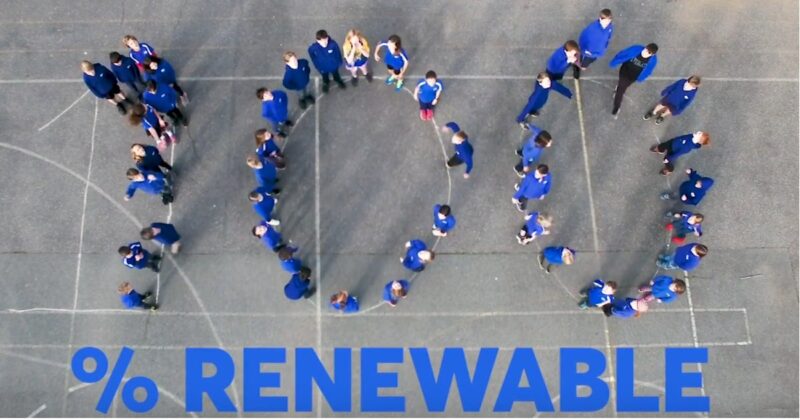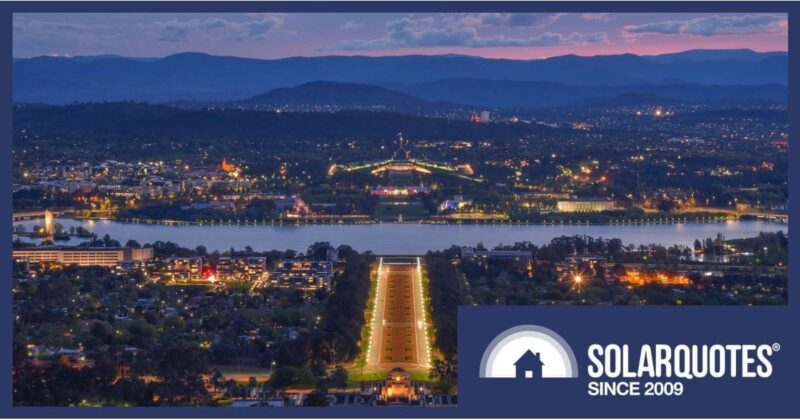Westpac Closing In On Renewable Energy Target
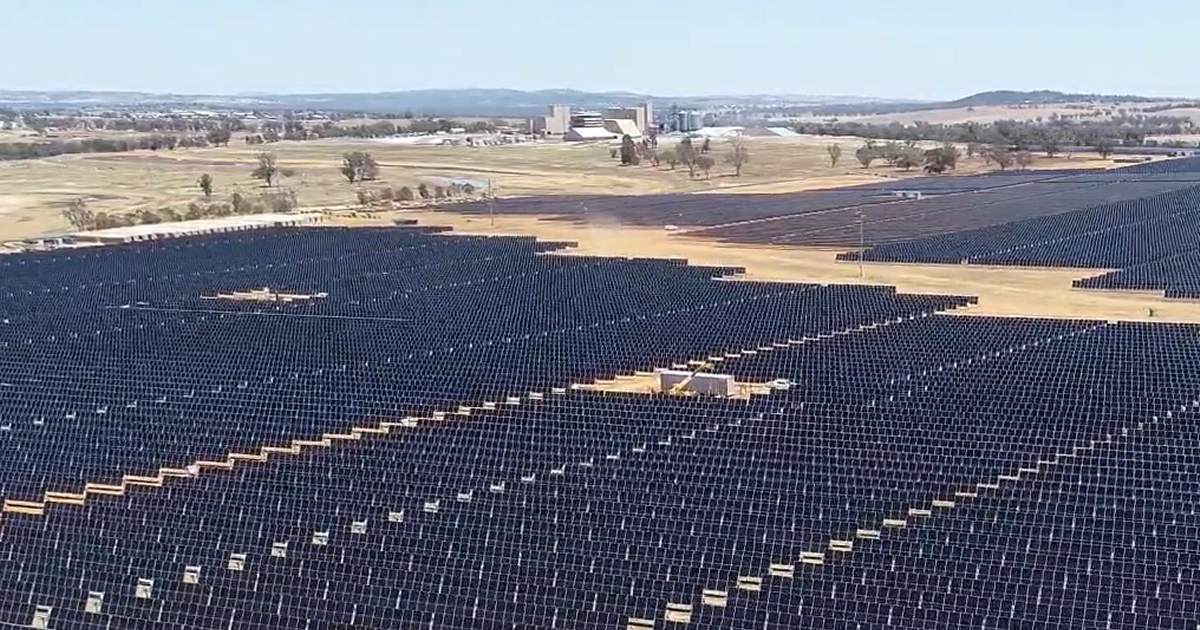

Westpac last week announced new agreements that will see it provided with more clean electricity – from a wind farm in Victoria and a solar farm in South Australia.
Westpac signed up to the RE100 program in 2019, a global initiative bringing together major businesses pursuing 100% renewable electricity. As part of that, the bank committed to sourcing equivalent to all its electricity needs in Australia from clean energy sources by 2025.
A significant chunk of Westpac’s electricity consumption is already being met by Bomen Solar Farm, near Wagga Wagga in New South Wales (depicted above). Westpac committed to purchase just over a quarter of the 120MW clean power station’s output under a 10 year agreement announced in 2019, and the supply agreement has been expanded.
The new deals involve Ararat Wind Farm in Victoria, which has been operating since 2019, and Berri Solar Farm in South Australia; expected to be operational next year.
“The latest deals will also offer the bank greater certainty on its electricity supply costs at a time of heightened price volatility across power markets, while helping to hit its target to reduce greenhouse gas emissions from operations by 85 per cent by 2025,” states Westpac.
Prior to this deal, Westpac was sourcing equivalent to 45% of its global electricity consumption from renewable sources through the Bomen deal and onsite commercial solar installations. The new agreements provide an additional 38%, and the bank says it has plans in place to source the remaining 17% of electricity from renewables by 2025.
Further Distancing From Funding Fossil Fuels
Australia’s “Big 4” banks’ continued investments in fossil fuels have been highlighted in the past and continue to be an issue. According to MarketForces, Westpac has loaned $6,689m to support fossil fuel projects globally since 2016.
In its July Market Update released last week, Westpac also announced further commitments to reduce the emissions intensity of its lending portfolios; made as part of joining the industry-led and United Nations-convened Net-Zero Banking Alliance. Members of the Alliance are committed to making their lending and investment portfolios “net-zero emissions” by 2050.
Westpac said it would be targeting a 23 per cent reduction in its absolute financed emissions in the bank’s upstream oil and gas lending portfolio by 2030, relative to its 2021 exposure. It also reiterated commitment to cease lending to thermal coal mining by that year. In its industrials lending portfolio, Westpac’s priority is to reduce emissions intensity among its cement production customers.
The bank says it will also continue boost its exposure to renewable energy.
“Renewable power is the foundation of how (the economy) gets to net-zero by 2050. Our focus is therefore to finance and support all those renewable power initiatives,” said Westpac Institutional Bank chief executive Anthony Miller.
CEO Peter King said nearly 80 per cent of the bank’s power generation lending is to renewables. This milestone was reached late last year with the financing of three solar farms in New South Wales (Corowa, Junee, and Wagga). Collectively, the facilities will generate 220 GWh annually.
Westpac’s methodology and approach for its 2030 lending portfolio targets can be found here.
Original Source: https://www.solarquotes.com.au/blog/westpac-renewable-energy-mb2576/

